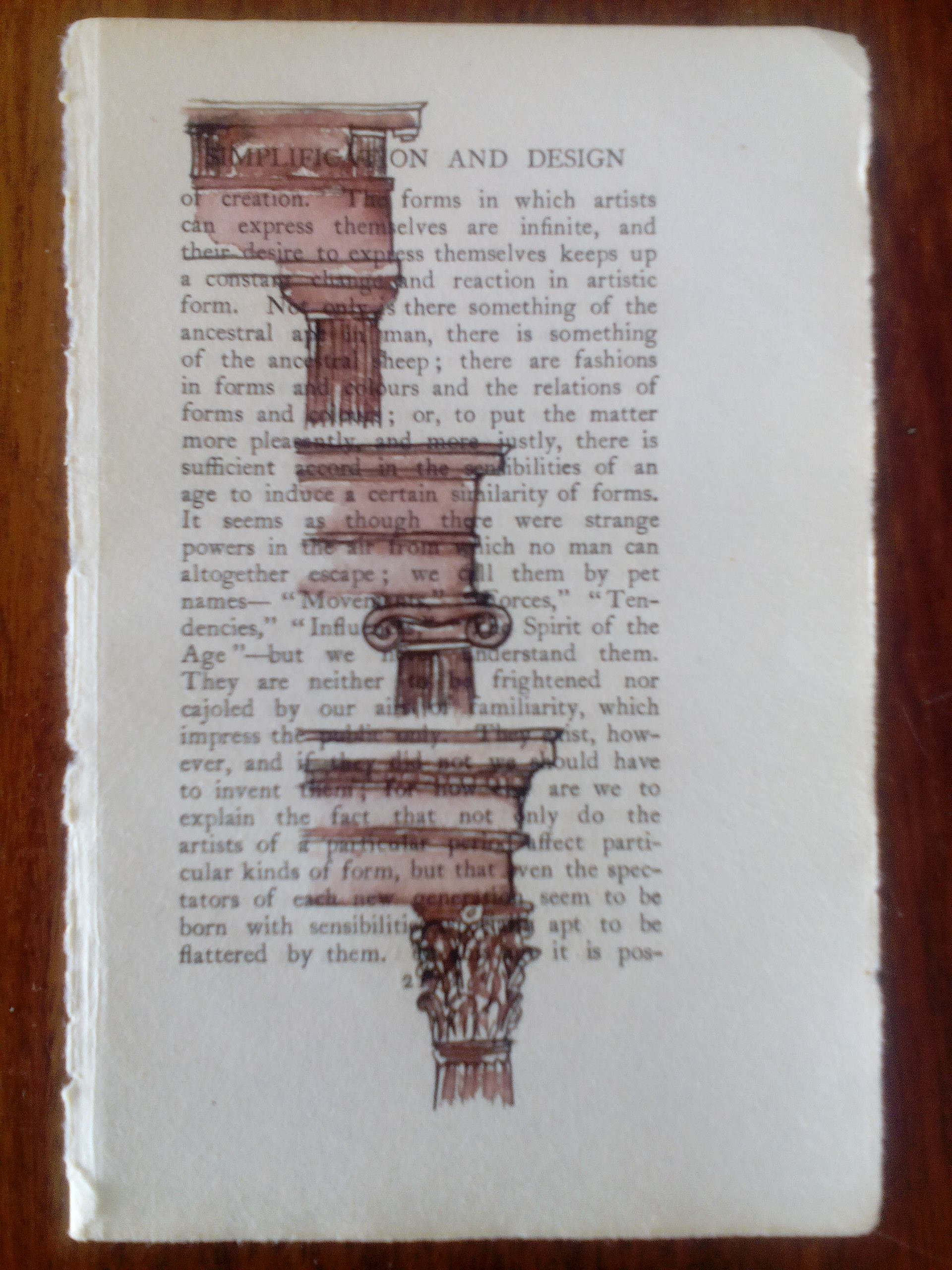History of Architecture explained by pillars
The history of architecture is as old as civilization itself. A subject as big as the history of mankind. I decided to break it down to easier small parts.
A living space has got four elements. Roof (and floor), support for the roof and walls to keep the elements out.
The first supports for primitive roofs must have been tents supported by a pole. Unfortunately history is remembered in more permanent structures. One of our oldest man made structures to survive today is that of Stonehenge. It comprises of vertical free standing stones with a horizontal support . A basic pillar and lintel structure.
This is the basis of a lot of architecture. We see the same pattern repeated in Egyptian architecture. With possibilities of this form of structure is almost limitless and is still mostly used today.
The Greeks perfected the use of pillars in their temples. Lintel and pillar formed the basic of Greek temple design. By looking at the form of the pillar one can more or less determine the period in which the temple was built. It started off as Doric style with a simple fluted pillar crowned by a simple unadorned capital.
As time went on the design of the pillars changed and became more elaborate. The Doric style had a scroll like top, while the later Corinthian pillars was decorated with elaborate carvings of plants like vines.
Why did the capitals look like they did? The initial pillars was probably wooden spikes driven into the ground by force. As the wooden stumps were hit from the top the wood was shortened and that at the side curled over ( as we see with old chisels as well). The curling wood was idealized into the Scroll like capitals. When wood was used a block of wood was placed on top to prevent moisture to seep into the wood when it rained. These were continued to be used when wood was replaced by marble.
The Romans took over most of Greek culture. We see the same architecture in early Roman buildings. But the influence of Roman engineering was much more. The legacy that Rome left the world , and especially architecture, was the use of concrete and the use of the arch. Arches makes it possible to distribute the weight of a building better and allows for bigger interior areas uncluttered by pillars. Concrete helped them to cover over the spaces with permanent roofing. Some of the most impressive buildings built in Rome like the Pantheon still stand almost 2000 years later.
Aqueducts and buildings like the Coliseum shows how building methods was revolutionized by arches.
with the decline if the Roman empire the center of civilization was moved to Byzantium ( modern day Istanbul) the story of architecture continues there. Builders used lots of old Greek pillars from Greek temples to built up the new center of the world. The use of Roman techniques were further developed. The Hagia Sofia in Istanbul is still one of the largest domes in the world today. Pillars in this era changed little.
Romanesque pillars used the Greek pillar and refined it in combination with Roman techniques
Europe grew in strength as the so called “Dark Ages” followed. The description is one of histories bad choices. From the Medieval era flows the worlds most spectacular architecture: Europe’s beautiful cathedrals. The revolutionary building progress from this time is the pointed Gothic arch. With better weight distribution the possibilities became endless. Flying buttresses was added to support the height that walls could now reach. It made pillars thinner and higher so that the illusion of walls of glass and cathedrals of light could realize.
Because pillars supported less weight and of the decorative quality it took on, pillars became sculpted, adding to the other worldly feeling one experiences on entering these spaces.
Renaissance architecture saw a return to “classical” values, while still holding on to new technology. We see a new use of pillar and lintel, especially in windows and doors. The Corinthian style pillar heads was in fashion again, but more slender in the pillars and more dramatic capitals.
Baroque and rococo styles saw the decorative element explode into a show of decorative excess.
In our modern times new developments in materials and technology caused an explosion of developments which is an topic on its own.









Leave a Reply